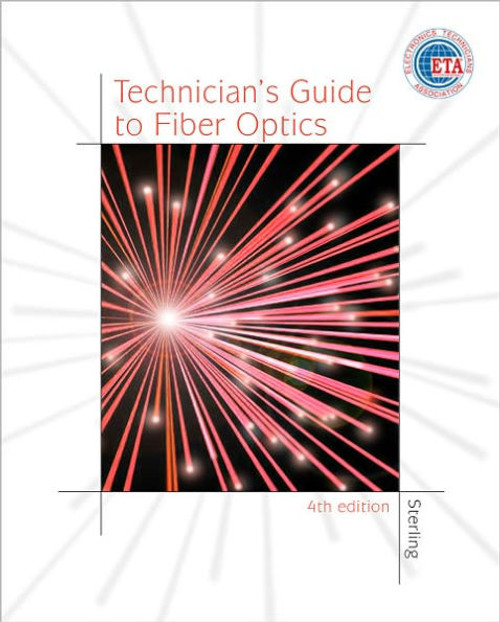Now in its fourth edition, A Book on C retains the features that have made it a proven, best-selling tutorial and reference on the ANSI C programming language. This edition builds on the many existing strengths of the text to improve, update, and extend the coverage of C, and now includes information on transitioning to Java and C++ from C.
Beginners and professional programmers alike will benefit from the numerous examples and extensive exercises developed to guide readers through each concept. Step-by-step dissections of program code illuminate the correct usage and syntax of C language constructs and reveal the underlying logic of their application. The clarity of exposition and format of the book make it an excellent reference on all aspects of C.
Highlights of A Book on C, Fourth Edition:
- New and updated programming examples and dissections-the authors' trademark technique for illustrating and teaching language concepts.
- Recursion is emphasized with revised coverage in both the text and exercises.
- Multifile programming is given greater attention, as are the issues of correctness and type safety. Function prototypes are now used throughout the text.
- Abstract Data Types, the key concept necessary to understanding objects, are carefully covered.
- Updated material on transitioning to C++, including coverage of the important concepts of object-oriented programming.
- New coverage is provided on transitioning from C to Java.
- References to key programming functions and C features are provided in convenient tables.
Editorial Review
"This book reveals the elegant simplicity and power of the C programming language, and describes the ANSI version of it. Beginners and professionals will benefit from its step-by-step dissections of program code, and numerous examples and exercises. The book begins with the benefits of C, and briefly discusses the ANSI C standard, and the migration to C++ and Java. Chapter 1 overviews the C as a language, covering crucial programming techniques. The authors then explain in detail lexical elements, operators, and constants in Chapter 2. Chapters 3 through 10 describe all the features of C, including some advanced features.
Moving forward, the book discusses how to do file processing and the various input/output functions in the standard library, how to create concurrent processes, overlay a process, and much more. The last two chapters of the book provide an overview Java, and show you step-by-step how you can make a transition from C to C++ and Java. The appendices contain the standard library, language syntax, comparisons between ANSI C and traditional C, ASCII character codes, and operator precedence and associativity. The book uses tables to summarize key ideas that allows users to test language comprehension. This book is helpful and flexible for the C programmer." -Fatbrain Review
About the Author







